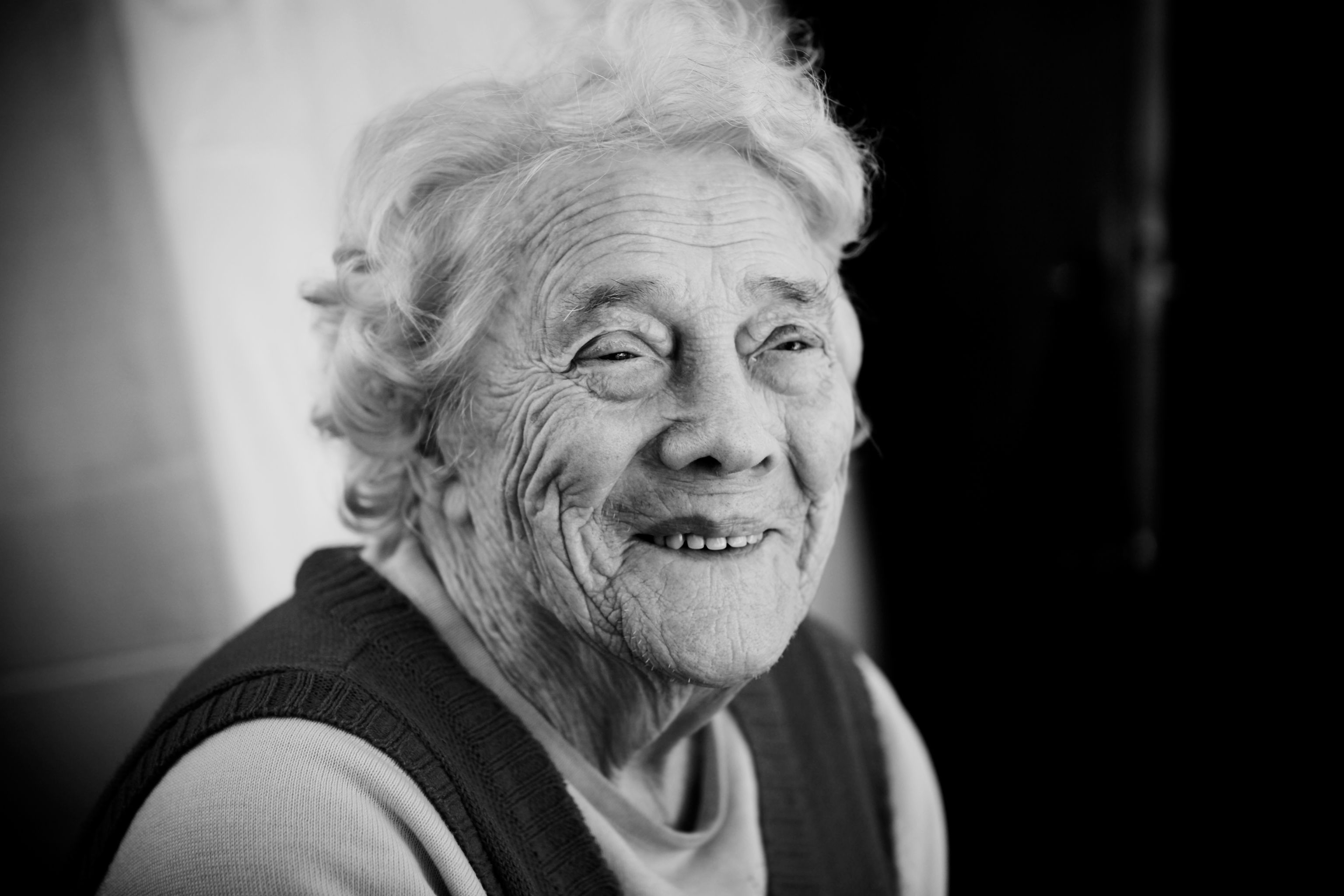

Balancing Daylight: The Key to Healthier, More Efficient Healthcare Facilities

Why Daylight Matters
Healthcare and residential care facilities are at a critical juncture. With aging populations in both the Netherlands and the UK, the demand for sustainable, efficient, and patient-focused facilities has never been greater. Amidst discussions about cost control, infrastructure upgrades, and sustainability goals, one seemingly simple yet impactful factor is gaining attention—daylight.
Daylight is no longer just about aesthetics; it is a proven contributor to physical well-being, mental health, and operational efficiency. Integrating daylight into the design and management of care facilities is emerging as a strategic priority. By exploring examples from the Netherlands and the UK, this article delves into why daylight is a vital consideration in healthcare and residential care, supported by advancements in smart technologies like dynamic solar shading.
The Growing Need for Effective Care Facilities
Both the Netherlands and the UK are grappling with aging populations. In the Netherlands, the number of individuals aged 65+ is projected to reach five million by 2040, with a doubling of those over 90. In the UK, 25% of the population is expected to be over 65 by the same year. This demographic shift places significant pressure on healthcare systems, requiring both upgrades to existing facilities and the construction of new, elderly-friendly housing and care environments.
However, the infrastructure is struggling to keep pace. Many care facilities in both countries are outdated. For instance, some Dutch care homes still have shared bathrooms and inefficient layouts. In the UK, older hospitals often lack modern insulation and energy efficiency, increasing operational costs.
Daylight: A Game-Changer for Patients and Staff
- Impact on Patients: Daylight significantly improves patient outcomes, particularly in recovery and mental health. A study by Dr. Ulrich revealed that patients exposed to natural light recover up to 8.5% faster after surgery and experience 22% less pain, reducing their reliance on medication. In dementia care, controlled lighting can reduce agitation and improve behavior, providing a calmer environment for both patients and caregivers.
In the Netherlands, research into dementia-friendly neighborhoods emphasizes the importance of integrating natural light into care home designs. These neighborhoods, which combine communal spaces with individualized care, benefit from daylight’s ability to regulate circadian rhythms, enhancing residents’ overall quality of life.
- Benefits for Staff: Healthcare professionals work in high-stress environments, often facing long hours and critical decision-making pressures. Access to natural light has been shown to boost mood, improve focus, and reduce stress. Facilities with well-lit environments report higher job satisfaction among staff, which is critical for retaining skilled healthcare workers.
Operational Challenges and Energy Efficiency Goals
Healthcare facilities are among the most energy-intensive buildings. In the UK, the NHS spends approximately £500 million annually on utilities. Similarly, Dutch healthcare facilities face rising operational costs due to aging infrastructure and increasing energy prices. Both countries are pursuing ambitious carbon reduction goals, such as the EU Green Deal target to cut CO₂ emissions by 55% by 2030 and achieve climate neutrality by 2050.
Daylight, when combined with smart technologies like dynamic solar shading, offers a dual solution:
- Energy Savings: By reducing reliance on artificial lighting and HVAC systems, facilities can significantly lower their energy bills.
- Comfort: Smart shading systems automatically adjust to environmental conditions, optimizing indoor temperatures and light levels.
For example, Dutch healthcare facilities have implemented dynamic solar shading systems to reduce summer cooling loads by up to 20%, cutting costs while improving indoor comfort.
Dynamic Solar Shading: A Modern Solution
Dynamic solar shading is a versatile technology that enhances the benefits of daylight while mitigating its challenges, such as glare and overheating. These systems use sensors and automated controls to adjust shading in real time, ensuring optimal light levels and temperatures throughout the day.
- In the Netherlands: Care facilities are adopting shading technologies that integrate with building management systems (BMS). This not only optimizes energy use but also allows patients and staff to personalize their environments, enhancing comfort and satisfaction.
- In the UK: Hospitals like Alder Hey Children’s Hospital in Liverpool have incorporated smart shading systems alongside expansive glass facades. This design floods the interiors with natural light while maintaining energy efficiency, aligning with the NHS’s sustainability goals.
Building Stories: Dementia-Friendly Housing in the Netherlands
In a dementia-friendly neighborhood in Eindhoven, care homes are designed with large windows and open spaces to maximize natural light. The integration of daylight supports the residents’ circadian rhythms, helping reduce confusion and agitation. Dynamic shading systems ensure that rooms remain bright but cool during summer, creating a balanced environment that minimizes energy use.
Sustainability and Retrofitting Challenges
Both countries face significant challenges in modernizing their healthcare infrastructure. Many existing buildings were constructed decades ago, with poor energy performance and limited capacity for daylight optimization. Retrofitting these facilities is essential but costly.
- In the UK: Retrofitting projects such as the Royal Devon and Exeter Hospital have focused on upgrading windows and installing solar shading systems. These measures have reduced energy consumption and created healthier environments for patients and staff.
- In the Netherlands: A similar approach is being taken, with government subsidies supporting care homes to meet sustainability standards. However, the scale of the challenge remains daunting, with an estimated €15 billion required to retrofit Dutch care homes.
Innovative Housing Solutions
Beyond hospitals, the demand for elderly-friendly housing is growing. Both countries are exploring innovative solutions to address this need:
- The Netherlands: The WOZO (Living, Support, and Care for the Elderly) program emphasizes building sustainable, life-cycle homes integrated into local communities. These homes feature dynamic shading, smart controls, and energy-efficient designs.
- The UK: Initiatives like “extra-care housing” focus on providing adaptable homes that allow elderly residents to maintain independence while accessing care when needed. These homes prioritize daylight and ventilation to create healthier living spaces.
Recommendations for Healthcare Estate Managers
- Prioritise Daylight Integration: Incorporate natural light into both new and retrofit projects. Conduct daylight audits to identify opportunities for improvement.
- Invest in Smart Shading Technologies: Choose systems that offer real-time adjustments and integrate with existing building management systems.
- Collaborate Across Sectors: Work with architects, energy consultants, and government bodies to secure funding and implement sustainable solutions.
- Promote Patient and Staff Well-Being: Design spaces that enhance recovery and productivity by optimizing daylight access and environmental comfort.
Conclusion: Building a Brighter Future
The integration of daylight into healthcare and residential care facilities is not just a design choice—it is a strategic imperative. By leveraging advancements like dynamic solar shading, facilities in the Netherlands and the UK are setting a new standard for energy efficiency, sustainability, and user experience.
As healthcare systems evolve to meet the challenges of aging populations and climate goals, daylight will remain a central element in creating environments that heal, inspire, and perform. For estate managers and policymakers, the question is not whether to prioritize daylight, but how quickly it can be implemented.